Episode 55 of Scott Swenson’s A Scott in the Dark is called “Coming Out”. No, it’s not at all what you think. This is all about those of us coming out of our hibernation brought about by the pandemic, and the episode was recorded in March of 2021. People are starting to make a return to the world of being social, the world of actually seeing people who aren’t on little screens, seeing people in person, and perhaps even shaking hands – or at least bumping elbows – and giving hugs to those who we haven’t seen in over a year. This episode is about that reemerging into society and how we in the entertainment industry can start preparing for this transition.
Listen Now
Key Takeaways:
- Many people held onto their vacation funds because they could not travel in 2020. As restrictions are lifted, they are going to be ready to spend their money to go out for in-person experiences.
- Keep timed ticketing for at least another year – it helps to control and predict crowd levels.
- Dynamic pricing will allow you to either ramp up or ramp down the desire for guests to go through your haunt.
- Adopt a 2-3 tiered casting model for your performers with one team for every night, another team to add to the first for peak nights, and a third team to fill in when needed.
- Design your haunt with a modular model mindset so that you’re not locked into a specific length or a specific pathway. Try to create a design that gives you the opportunity to expand and contract your experience based on the number of guests
The Vaccine Rollout

Vaccines are rolling out and they’re rolling out at different speeds in different places. But they are going to roll out, and they’re going to roll out quickly. So, I think it’s going to be a huge game changer.
Some countries actually are already using your vaccination status as a way to increase your ability to either travel or to visit certain locations. There are some countries who are testing things like QR codes. Once you’ve been vaccinated, you have an app on your phone that allows you to scan the QR code at a restaurant, and it makes the connection telling you, yes, you can go in. It also helps track people just in case there is a flare up of the virus as well. So, there’s a lot of technology and discussion behind the vaccination tracking.
This is all going to continue to evolve, and again, it’s going to be different from country to country; just like the vaccination rollout is different from county to county here in the United States. So, the vaccination thing is a real thing and it’s going to make people feel more confident. I think it’s going to help so that we can get out and see real people’s faces without spreading a disease.
A Desire to Go Out

The other thing to take into consideration is there is this incredible desire for people to get out of the house and to do things. We’re already starting to see this in Orlando theme parks. Orlando theme parks are operating at reduced capacity, but they are selling out at that reduced capacity, or more accurately reserving out because they’re still timed ticketed, you still have to get a reservation. I believe it’s somewhere between 25% and 30% of operating capacity, but that’s still quite a few people when you’re looking at something like Walt Disney World, Universal Studios, SeaWorld – and all of them are reserving out. They’re all selling out.
Part of the reason for this is the fact that we’ve all been cooped up, or at the very least, limiting our outside exposure and outside contact, if not just shutting it down completely. This has resulted in a $1.3 trillion delta, where people have been basically holding onto their vacation money because they didn’t have a chance to travel in 2020. They’ve been holding off on that vacation money and they’ve got it burning a hole in their pockets. I’m guessing that even people who have either lost their jobs or are tight on money, are going to spend at least something to get out of the house.
Perhaps by October, when haunt season rolls back around, I think there’s going to be a situation where people are going to be willing to spend at least something to get out and get going again. I know that that Disney is projecting that the fourth quarter and all of 2022 is going to be at a record high as far as attendance goes, because the floodgates will open up. We’re not quite sure how they’re going to open up, or how quickly they’re going to open up, but they are going to open up in some way or another. So, my suggestion is for everybody in the haunted attraction industry to be prepared. Come up with a plan now to accommodate the doors opening and everybody coming out to experience stuff outside of the house.
Pivoting to a New “New Normal”
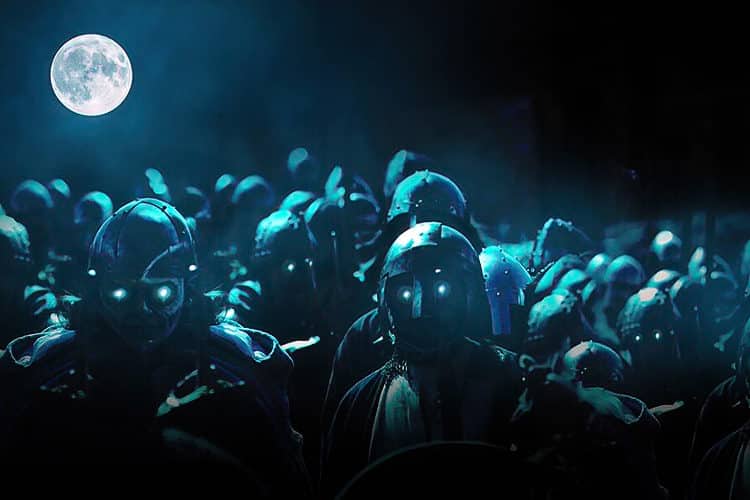
We’ve talked a lot about how to pivot. Well, now it’s time to start pivoting again. I’m not going to even say pivoting back, because if you’ve listened to anything I’ve said over the last year, you know that I don’t believe things ever are ever going to go back to the way they were. I think they’re going to continue to evolve forward and we just need to figure out what that’s going to look like now. They say that human behavior changes after 12 weeks or so. If you do something for 12 weeks, you’ve basically innately changed the way you behave. We’ve been living this way for far more than 12 weeks.
I’ll give you a perfect example. I was talking to one of my clients this morning via Zoom call, and we were reviewing some sketches for a visual promotional piece. The first thing he said was, “Oh my gosh, it seems so weird to see so many people drawn in there,” because they drew a full crowd watching this particular presentation. We actually had to take a half step back and say, “okay, should we draw them in bubbles as opposed to all standing shoulder to shoulder?” because we all kind of flinched when we saw it. We have been trained now to think that large groups of people standing shoulder to shoulder is unpleasant. So, how are we going to slowly embrace that new concern while still continuing to move forward?
I don’t think it’s necessarily time for the virtual stuff to go away. I think that’s something that’s going to be with us for quite some time. I think we’ll find new and different ways to use it, to expand the story, to enhance the in-person experience, and to expand the audience of the in-person experience. I think that if you’ve invested in something virtual to replace or augment your haunted experience, if that was one of your pivots, then I think you’re in great shape. I think you’re going to be able to use that ongoingly for quite some time.
Planning for Increased Demand
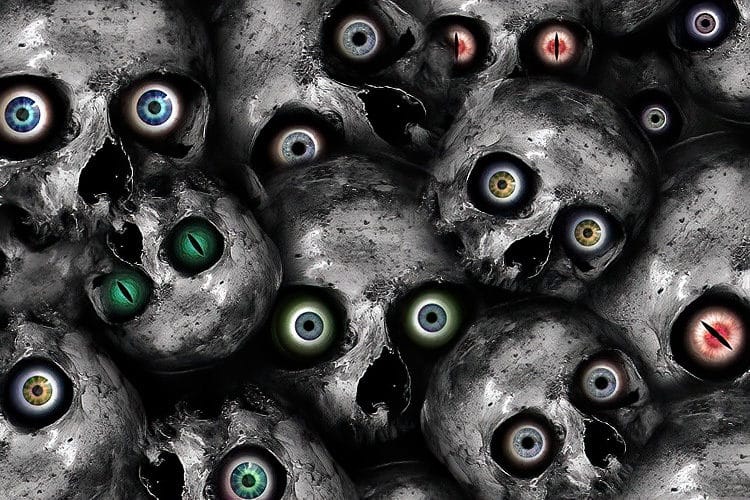
How do we prepare for these guests? I think the first thing we need to do is figure out how to plan for crowds. Now, I would love to be able to sit here and tell you exactly what to do and exactly what that means, but, again, we’re learning as we go. The reason I’m bringing it up now is I’m suggesting that you start asking these questions as you continue to build your haunt, or reopen your haunt because you didn’t open last year at all, and you have a whole bunch of cool new stuff and nobody’s seen it yet. It’s one of those situations where, whatever you’re doing as you’re starting your planning, keep in mind that you may have really, really large crowds. The challenging thing is, you may not. So, I guess my suggestion is plan in such a way that if something does radically change one way or the other, you can adapt quickly – it’s almost parallel paths.
Timed Ticketing
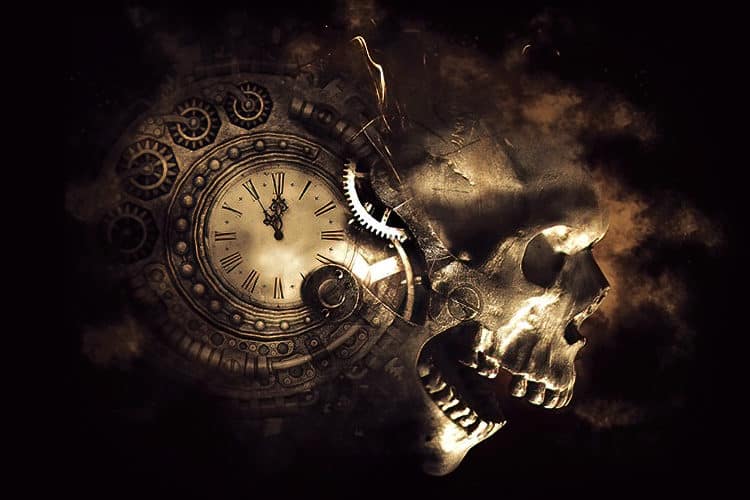
My first recommendation is keep time ticketing if you used it before, and if you haven’t, start doing it. Number one, I think people have become used to it. Number two, it gives you that opportunity to be nimble about the number of people coming through your attraction. You can always add more availability if the restrictions go down. You can always reduce availability if restrictions go up. So, it keeps you as the haunt owner or the haunt operator in total control of what’s going on in an uncontrollable world. It gives you the ability to act and react on many, many different levels very quickly.
We’ve previously talked about the other advantages – that it spreads out your attendance into less desirable nights. It fills up every moment so you don’t have this huge rush at the beginning of a Saturday night, and then you’re sitting there twiddling your thumbs at 10:30 PM on a Thursday because there’s nobody there. It makes the guest experience better, because again, it’s never super stupid crowded and it’s never crickets chirping in the empty corners.
Dynamic Pricing
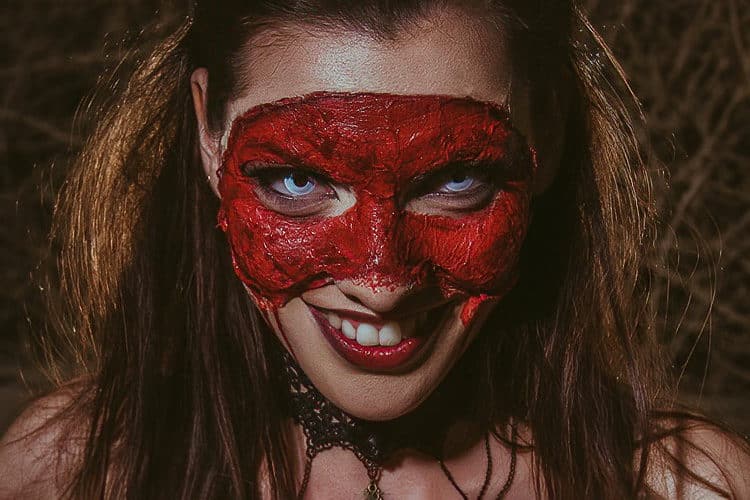
Timed ticketing makes it easier to do dynamic pricing. The simplest form of that is to have both a peak and a non-peak ticket price. For example, Fridays and Saturdays are higher in price and Thursdays and Sundays are lower. Some haunted attractions will do dynamic pricing based on time of night. They will make the first hour either more expensive or less expensive depending on what their trends have shown in the past. For example, I know one haunt that does a block of midnight shows that are for ages 18+, and their actors can go crazy. They still can’t touch people, but they can go absolutely nuts and that only happens the hour of midnight. So, again, keep the idea of dynamic pricing so that you can either ramp up or ramp down the desire for guests to go through your haunt.
The other thing that you can do with time ticketing is when you have a lower reservation rate, you can lower the price. You can drop the price day of, then you can do a an email out, or a social media post, that says, “for the next three hours Sunday, October 25th is 50% off,” because you only have fewer people booked that day and you want to fill it up. By keeping that dynamic pricing, it means that you keep people going through the door, and let’s be honest, it’s better to have 20 people go through the door at half price then no people go through the door at full price. So, it gives you that opportunity to kind of think out of the box.
Let’s face it, if this is truly going to be the flood gates opening, and everybody wants to come out, you can raise your prices. I’m sorry, I’m not trying to be that guy, but let’s be honest, it’s supply and demand – it’s business 101. So if you’ve got a huge demand and obviously a limited amount of supply in order to keep it either safe or a good guest experience, then you have raise the price to control that flow through. The nice thing about dynamic pricing is you can do it each morning. You can decide if you are undersold and do a deal.
Queues

If for some reason you don’t want to do time ticketing and you just want to have people wait in a queue, have enough queue space for people to feel comfortable. Like I mentioned earlier, we’ve already programmed ourselves to think in bubbles, and people are going to still want to have a little bit of extra room, even if it’s not required.
You might also want to think about how to keep people entertained in the queue. Queue entertainment is always important, but if the queue is a little bit more spread out it gives you the opportunity to do a little bit more and it makes it more important to do something.
If you are just doing your standard queue and you’re not doing time ticketing definitely consider a front of line pass. Again, for most of you, I’m not telling you anything you don’t already know, but keep that in your plans if you’re not going to do time ticketing. That’s another way to generate revenue, it’s another way to give people a VIP experience, and it separates bubbles out so that you can keep that flow going on a regular basis.
Casting & Staffing
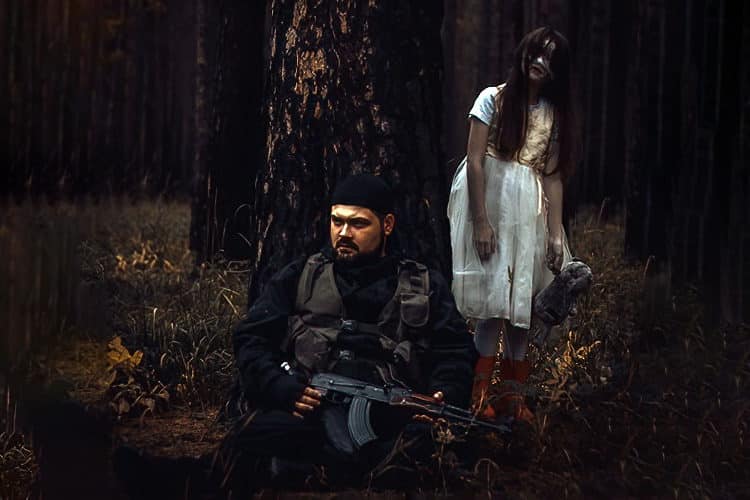
The other thing to think about is casting and staffing. This is tricky because if you’re going to have a huge influx of people, you’re going to need to increase your staff. The more people you put through, in order for them to all have a great experience, you have to increase your staff. This is the difference between doing an independent haunt and a conga line theme park haunt. You need more scares per room if there’s a conga line, because people will see one scare, so they’ve got to have another one that they didn’t see from three or four people back.
One of the things I would suggest is to have a two or three tiered staffing model, so that you hire people with the understanding that they’re on “team one”, “team B”, and “team blue”. I don’t want to say “one”, “two’, and “three”, because that makes them seem somehow more important than the other. Team one is going to be there every single night. Team B is the group that will be added on weekend nights or nights of higher attendance. Team blue are the backups that may be added to any of those other nights, but also could be called in on an individual basis based on who calls in sick, who chooses not to complete their agreement with you, etc. A modular casting strategy can also be two levels – one base team and a pool of subs.
Be prepared to either expand or contract based on what’s going to happen in the near future. It doesn’t have to be overly complex, it can be based solely on your actor’s availability. If they’re available every night, great, they’re in team one. If they’re not available every night, they’re in team B. It can be something that simple. From an operational standpoint, it gives you the opportunity to expand or contract.
I know you’re going to get some pushback from performers, because they’re going to say, “well, if I can’t be there every night, I’m not going to be there.” I do understand that. At the same time, there are also those performers who are like, “well, that gives me a little bit more freedom and a little bit more flexibility.” I also think that, just like guests, haunters are ready to get back to work. They’re ready to get out there and scare people.
Now, it does mean that your stage managers or your operational managers will have to work a little harder. They’ll have to be able to work with the cast and schedule them appropriately, but the nice thing is, if you stick with timed ticketing, you’ll know in advance when your high attendance periods are. Maybe you will look at your attendance and say, “if we are more than 50% reserved out, we use team one and team B. And if we’re more than 75% reserved out, as the night starts, all three teams go into effect.” Again, I’m not sitting here telling you how to run your haunt. I’m just giving you options and making a suggestion, and you’re going to figure out how to adapt that and make it right for you; what’s going to work in your particular experience.
Masks & Face Coverings
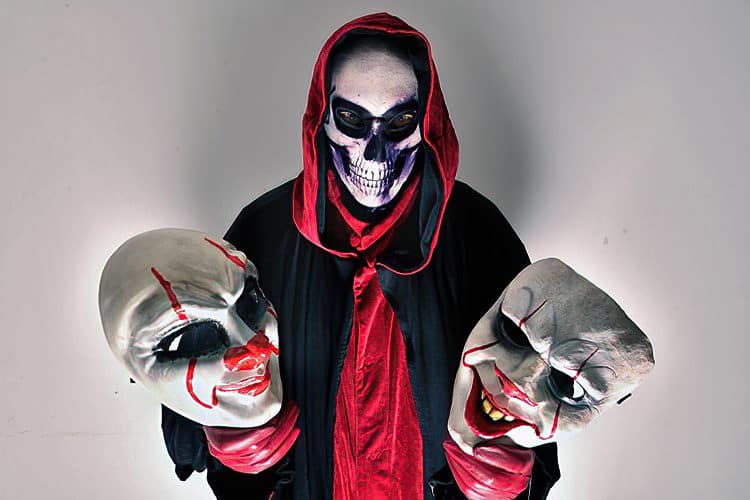
At this point, being March, I would not immediately throw all of the mask regulations out the window quite yet. I would design with those still in mind, because there is a strong possibility that they will be necessary. Even if they’re not, once again, I think guest comfort is such that they’re going to want to be a little bit more distanced or have some sort of barrier. Like I said, in a previous show, you know, coming up and banging on a Lexan window is a great scare and totally protected. It not only protects guests from any sort of spread of the disease, as well as performers, it also protects performers from overzealous guests, and we’ve all seen those.
If you are using face coverings underneath masks built into masks, you’re all set. If restrictions wane, all you have to do is rip them out and you’re good to go. If you’re doing them over makeup, great. Just to be prepared to add makeup underneath if masks are no longer needed. You’ve heard “measure twice cut once”. Well, I’m going to say plan for everything. It’s not time at this point to go, “Woo! We’re just going to throw everything away.” We may get to that point, but I don’t believe it’s going to happen this year – but if it does, great! Then you just put that stuff away and save it for the next pandemic. I think we’ve trained each other to be at the very least respectful of bubbles and audience separation. So, keep that in the back of your head. It’s not time to throw that away yet.
Design Considerations

If you’re like every other haunted attraction, you are probably polishing/finishing up some of your designs for this year, trying to figure out what you are going to change or bring back as the same. You may be in a situation where you’re starting from scratch. My suggestion is: design your haunt with a modular model mindset so that you’re not locked into a specific length or a specific pathway. You need to make it so that you can expand or contract your experience and also change the way guests experience your experience.
For example, a haunt that does what I call a “room by room haunt” – a haunted attraction that brings a large group into a large room and presents something, then moves the group on to another large room with another presentation show experience, and so on. If you’re that kind of haunt, figure out a way to take those big rooms and break them into pathways using low scenic that can be moved. So in case you have to, you can make it so that it becomes more of a linear experience. People can wind through those rooms while remaining socially distanced, instead of bringing them all in shoulder to shoulder and presenting in front of a stage. You can still do the same presentation, but instead of guests coming in and standing there, the presentation happens as they wind through the large footprint of the room. Then, if there are no challenges, take all those set pieces out and you’re good to go the way you always wanted to.
Outdoor Spaces
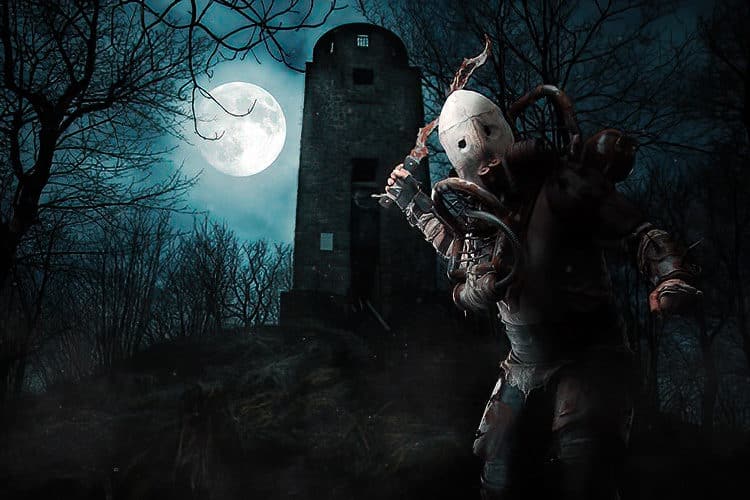
Another thing to think about when you’re looking at guest flow and how to keep people moving is to look at outdoor spaces. If you have the option, start indoors, go outdoors, and come back indoors. I think that’s a great and cost-effective way to do an expansion if you have higher attendance, and something you can close off if you have lower attendance, or weather issues. The nice thing about that is, from a creative standpoint, it gives you a varied experience. You can take your story outdoors and there’s no better way to create outdoors than going outdoors, that works so much better than trying to recreate outdoors in a warehouse. No, not everybody will have that opportunity, but if you do have that opportunity consider figuring out what the bypass is when you close the outdoor section. This is probably just a good idea, period, if you have an indoor outdoor space, but it also gives you a way to expand and contract your experience based on the number of guests and how your casting goes.
You may discover on Wednesday night when you’re only 20% sold and you’ve just got team one on, from a cast standpoint, you can close the whole outdoor experience and just keep them on the inside. Will you have guests coming back and saying, “wait a minute, I didn’t get the full experience,” maybe. So have to be prepared for that, but chances are good that if you give them a really strong indoor experience, you’ll be in great shape. Again, it helps you make those right business decisions to create an environment that is right-sized to whatever the 2021 haunt season is going to show us. We’ve kind of learned to live in the moment and to be able to change quickly.